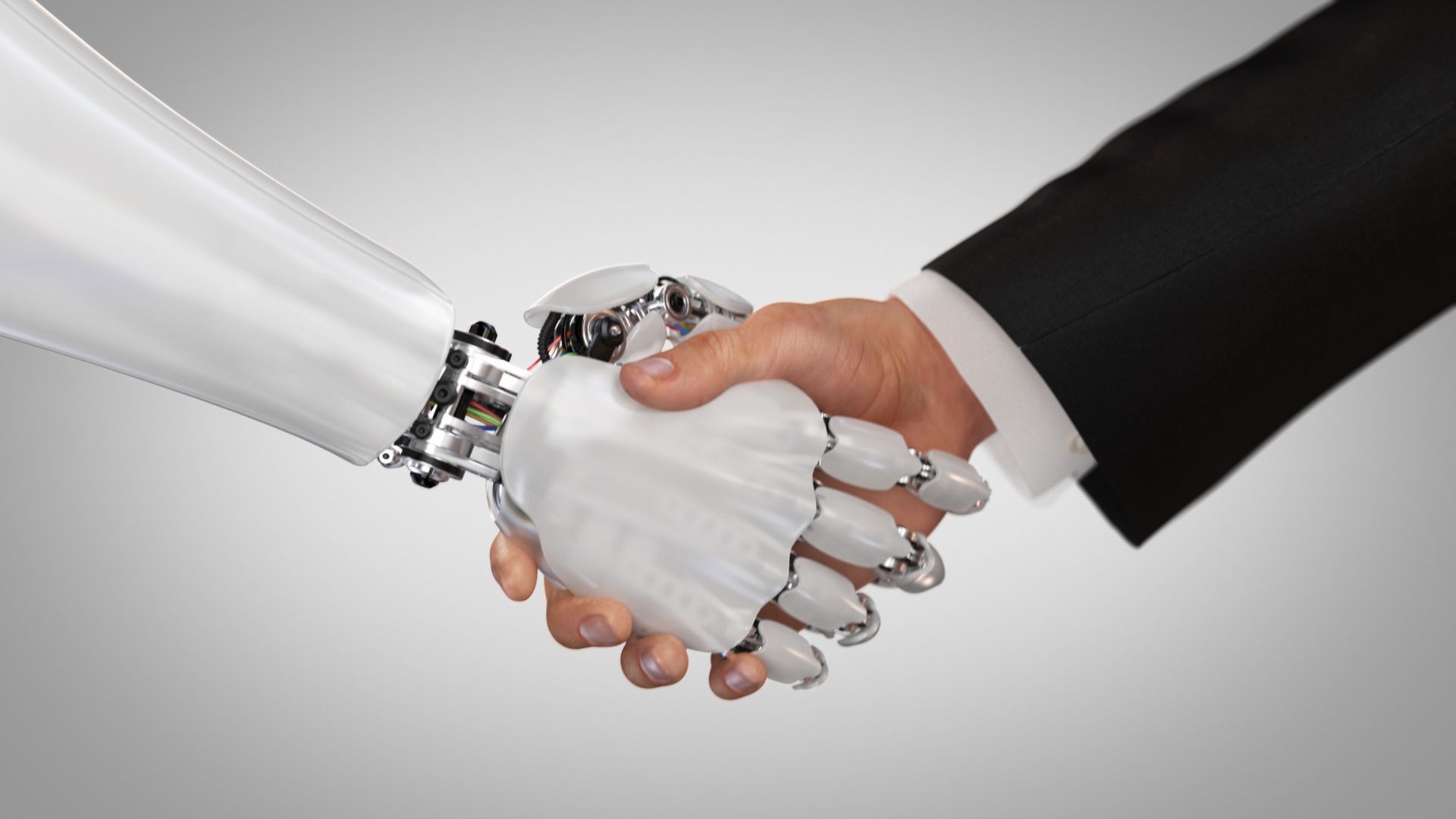Stand Up. Stand Out as an Employer

If recent data that states that 70% of jobseekers are passive, then finding the right person for the job has never been harder. As businesses struggle to be noticed, the key is to stand out, which luckily can be achieved with a little creative thinking.
Culture is Key
Workplace culture (apart from salary) is the most important factor that job seekers consider when looking for employment. This means it is critically important to share your business' values in your job descriptions. This is more than just writing a blurb about your business (although do that too).
Be clear on the type of person who would fit in. What characteristics should that person have? Sense of humour, passion, creativity, or sense of adventure are some possibilities.
Knowing the type of person, you want; identify the best place to find them on social media, e.g. a LinkedIn group, Twitter, or Facebook group.
Establish your business on that site by leaving interesting and insightful posts that show who you are. By building relationships with potential job seekers around common interests, you will receive strong applications once you announce your job opening on the forum.
Stand Out on Social Media
Recruiting using social media is increasingly now the way to go. Millennials, operate almost exclusively on their mobile phones, so all your advertisement and job descriptions should be optimised for mobile apps.
Not only will your business appear contemporary and forward looking, it will allow you to target potential applicants who have shared interests and are therefore more likely to engage with your job posting.
It makes it very easy for people who are not in the job market to share the information instantly with someone they know will be interested, just through a few taps on their phone.
Tip: be sure to include a 'Call to Action' when advertising. It encourages interested job seekers to express interest immediately before they scroll onto something else. Experts recommend using a simple phrase with a verb, for the best results, such as “Tell us about you,” “Join our team,” and then link to a page where they can commence an online application.
We don’t have a choice whether we do social media. The choice is how well we do it – Erik Qualman
Show Your Enjoyment
Everyone likes to have feel valued and appreciates an employer who understands that quality of life in the workplace = business success.
Video: Why not have your employees make a light-hearted video on YouTube telling stories about their achievements or talking about what makes the business unique.
Podcasts: Record a podcast(s) describing the position(s) and introducing potential employees to key colleagues and managers. This will not only set you apart from other businesses and will allow you to introduce your business to a range of potential hires.
Those who particularly like what they hear will be more eager to apply and those who wouldn’t be the best fit, will rule themselves out of contention, making the whole recruiting process much more efficient.
For more information, you can contact us on 1300 121 727.
Find the job you love I Find the right talent
Get in touch with people2people
Australia
I
United Kingdom
In business since 2002 in Australia, NZ, and the United Kingdom, people2people is an award-winning recruitment agency with people at our heart. With over 12 offices, we specialise in accounting and finance, business support, education, executive, government, HR, legal, marketing and digital, property, sales, supply chain, and technology sectors. As the proud recipients of the 2024 Outstanding Large Agency and Excellence in Candidate Care Awards, we are dedicated to helping businesses achieve success through a people-first approach.
Recent articles





Latest Media Features
List of Services
-
11 tips for employers to succeed in 202511 tips for employers to succeed in 2025
Human Resources Online
February 14, 2025 -
How will advisers’ salaries change this year?How will advisers’ salaries change this year?
Money Management
Janurary 17, 2025 -
Being a supportive employer in 2025Being a supportive employer in 2025
Money Management
January 6, 2025
List of Services
Get in touch
Find out more by contacting one of our specialisat recruitment consultants across Australia, New Zealand, and the United Kingdom.
Copyright © 2025, people2people
people2people acknowledges the Traditional Custodians of country, pays respect to their Elders past and present, and extends that respect to all Aboriginal, Torres Strait Islander and Māori peoples today.
people2people partners with CarbonInvoice to measure and mitigate any carbon emissions associated with the work we do.
Specialisations
Locations
Resources

